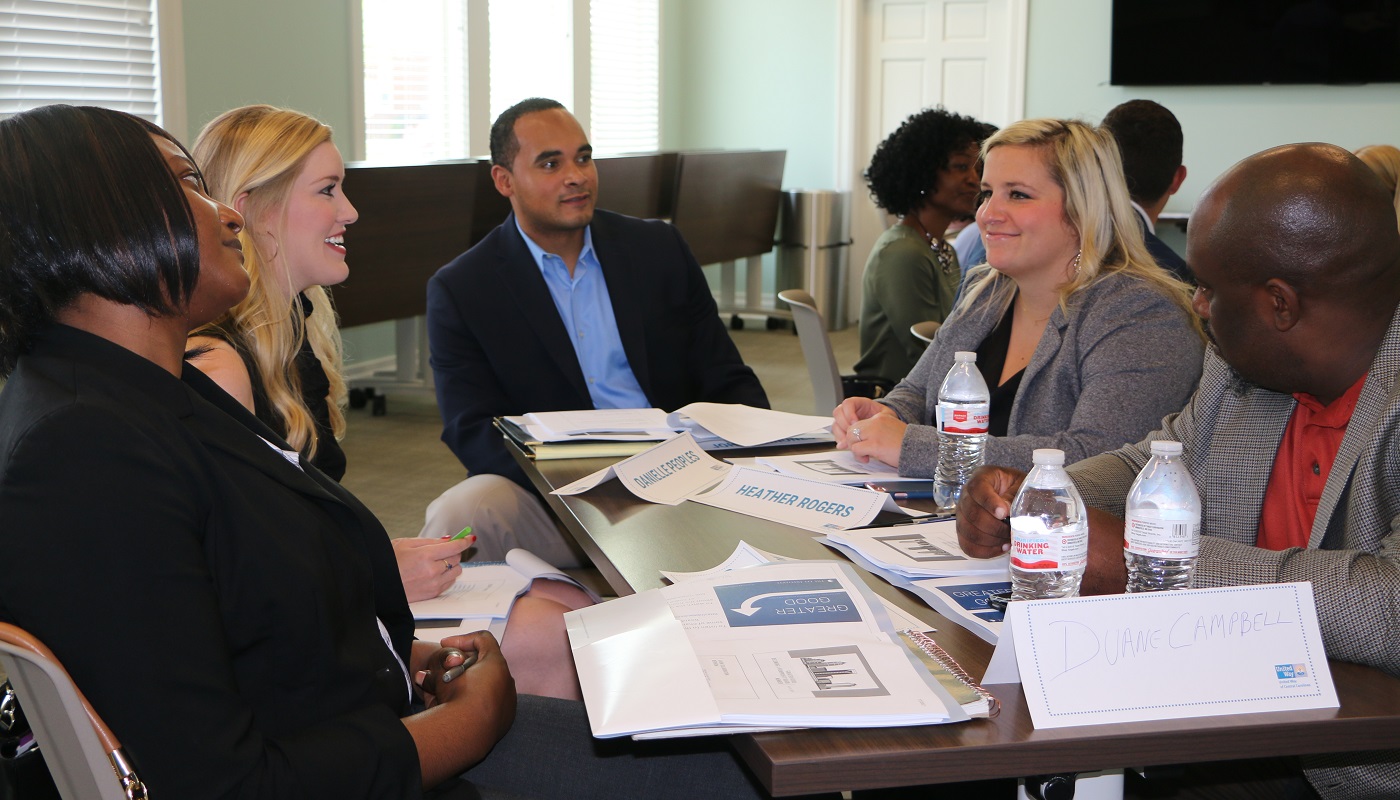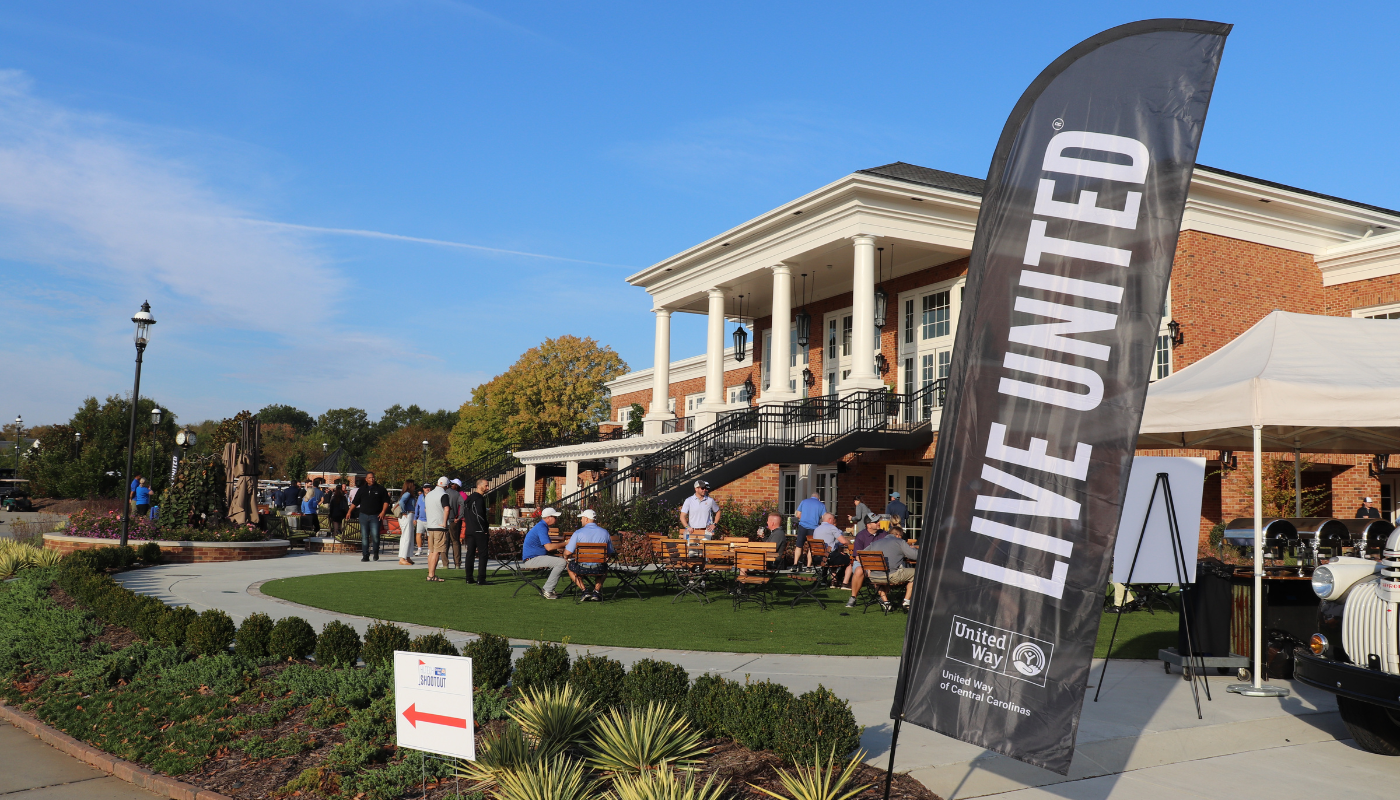
50 Ways 2-1-1 Serves the Community
2-1-1 is a free, confidential hotline that connects people to local health and human services, 24 hours a day, seven days a week. It can be reached by dialing 2-1-1 or accessing www.nc211.org (locally) or www.211.org (nationally).
Here are some of the many ways 2-1-1 assists our community:
1. Laid-Off Workers. 2-1-1 provides one memorable number that works for any kind of health or human services need, including helping displaced workers find housing, food and other resources.
2. Disease Epidemic. 2-1-1 helps people during epidemics, for example how to get groceries while quarantined. 2-1-1 can be used to provide information on West Nile virus, as well as such threats as anthrax and smallpox attacks.
3. Flu Shots. 2-1-1 provides easy access to information about how to get flu shots and how to pay for them if necessary.
4. Evacuation Routes. 2-1-1 shares information about emergency shelters and evacuation routes during natural and man-made disasters.
5. SCHIP, Etc. 2-1-1 provides basic information and connection to state-provided income and insurance benefits such as the State Children’s Health Insurance Program.
6. Crime Victims. 2-1-1 gives information to crime victims on services and benefits available to them.
7. Travelers’ Aid. 2-1-1 assists travelers who are stranded find temporary housing and other services until a crisis passes.
8. ESL Help. 2-1-1 helps non-English speaking people access health and human services information. In addition to the large Spanish speaking population in the U.S., many pockets of other non-English speaking people exist in nearly every community.
9. Reliable, Comprehensive Human Services Database. 2-1-1 provides a comprehensive, continuously updated human services web database for everyone, including social workers, doctors and others trying to help people.
10. Community Response to Economic Emergencies. 2-1-1 aids communities hit by industry shutdown, serving as a critical community connection for people facing unemployment and other challenges.
11. No stigma, Confidential. 2-1-1 is a neutral, confidential resource for help in any situation. The service is anonymous and does not require people to call themselves homeless, abused, elderly, mentally ill or other “labels.”
12. Alternative Solutions and Plans. 2-1-1 helps people with multi-faceted problems, helping people not only find help but also formulate a plan.
13. Targeting Assistance. 2-1-1 provides a knowledge base to steer funding to where it can help most in the community.
14. Rural Assistance. 2-1-1 gives rural residents better access to comprehensive health and human services information.
15. Parent Support and Education. 2-1-1 helps parents get immediate access to parenting information and resources.
16. 9-1-1 Relief. 2-1-1 serves as an outlet for the non-emergency calls and requests for information that can flood 9-1-1 centers during a disaster, such as a hurricane.
17. Employee Retention. 2-1-1 helps employers retain employees and reduce absenteeism. Specialists reason that 2-1-1 can save time, decrease stress and increase employment opportunities, among other benefits.
18. Inventory of Beds for the Homeless. 2-1-1 provides an up-to-date, broad geographic inventory of shelter beds available to the homeless, especially during extreme weather conditions.
19. Reaching At-Risk Populations in an Emergency. 2-1-1 reaches many at-risk people through a broad network of small agencies serving the homeless and others who are disconnected by language, transience, mental illness or other factors.
20. Suicide Prevention. 2-1-1 takes calls from people who are contemplating suicide and connects them with appropriate crisis management resources in the community.
21. Assistance to Local Governments. 2-1-1 keeps a directory of detailed contact information so residents know who to call for non-emergency information such as tax information, to report a dangerous road condition or to ask a question about codes and zoning.
22. Reporting Scams Aimed at the Elderly. 2-1-1 directs senior citizens seeking advice about suspicious services or scams to the appropriate resources and authorities.
23. Reduce Government Waste. 2-1-1 helps prevent the proliferation of government sponsored 1-800 helplines. In some states, government agencies are required to use 2-1-1 if possible before being permitted to create a new 800 helpline.
24. Rumor Control. 2-1-1 offers a means to control rumors by providing one trusted information source during events, such as nuclear power plant failures.
25. Power Blackouts. 2-1-1 takes calls during power outages, with counselors working with information specialists to collect and maintain the information required throughout outages.
26. Health Education Campaigns. 2-1-1 provides an easy way for governments to have short- and long-term public information and education campaigns, such as a tobacco quit line.
27. Responds to Individual Needs. 2-1-1 centers allocate staff to search for solutions to individual needs and special problems, such as resources needed while awaiting a surgery or other medical procedures.
28. Basis for Case Coordination Systems. 2-1-1 helps maintain the basis for electronic case coordination systems, which save precious staff time by allowing system-wide entry of callers’ basic information, needs and service requests. In some locations, 2-1-1 systems also serve as the enrollment point for public benefit programs.
29. Housing Assistance. 2-1-1 offers up information on housing resources and programs so that everyone in need can get appropriate housing assistance.
30. Forest Fires. 2-1-1 is under consideration as a tool to provide up-to-date information to communities on how far forest fires spread.
31. Crisis Counseling. 2-1-1 monitors specialized lines that provide expert help and counseling to victims of rape and domestic violence. 2-1-1 counselors help people regain emotional control and develop a plan to defuse a personal crisis.
32. Volunteer Opportunities. 2-1-1 connects callers to community volunteer centers and points them to opportunities where volunteer placement services do not exist.
33. Early Warning of Outbreaks. 2-1-1 has a data collection system that can give an early warning to public health authorities of disease outbreaks through a built-in analysis of data as it is received and recorded.
34. After Hours Support for Agencies. 2-1-1 forwards calls after hours so that agency caseworkers and others can be reached when needed.
35. State Homeland Security Plan. 2-1-1 complements emergency lines by taking non-emergency calls, thus freeing emergency workers to handle threats to life and property.
36. Help for Helpers. 2-1-1 fields calls from social workers, clergy, doctors, legislators and other community helpers who want to know how best to help people they are serving.
37. Court Ordered Case Plans. 2-1-1 helps social workers and criminal justice employees help their clients take responsibility for achieving goals included in court ordered plans, such as counseling or improved housing situations.
38. Tracking and Helping Former Welfare Clients. 2-1-1 ensures former welfare clients in some communities are kept up with and find supportive services, providing a safety net after welfare benefits end.
39. Quality Childcare. 2-1-1 gives callers information on local childcare options and openings and assists with information to evaluate quality and suitability for their child and family situation.
40. For Kids. 2-1-1 helps kids and teens navigate challenges, like when they are faced with confusing, non-emergency situations and do not know where to turn.
41. When Services Don’t Work Out. 2-1-1 provides trained counselors who can review with callers why particular services did not work and then help plan the next steps.
42. Donations of Goods. 2-1-1 assists individuals, families and companies with finding an appropriate place to donate excess goods. 2-1-1 can match donors of in-kind gifts with charities that can use them.
43. Help Through Phone, Website, E-mail, Walk-in. 2-1-1 gives people the choice of personalized service. 2-1-1 can be used as an information and referral resource regardless of how people choose to connect to help.
44. Training. 2-1-1 centers provide training to government and nonprofit staff who answer phones, especially for crisis or human services calls.
45. Avoiding Litigation. 2-1-1 assures that one reliable and accessible gateway to services exists, allowing governments to have confidence that all people have access to a comprehensive range of assistance regardless of physical or language barriers.
46. Employee Assistance Programs. 2-1-1 serves as a major resource in support of employee assistance programs, providing a way for employees to get help with individual and family problems before they get out of hand.
47. E-library. 2-1-1 provides important legal, health and safety information through its companion website and recorded information tapes.
48. Specialized Information and Referral. 2-1-1 makes a direct connection with specialized information and referral programs, such as agencies on aging, mental health offices, drug and alcohol agencies and HIV/AIDS programs.
49. Daily “Are You OK?” Call to the Homebound. 2-1-1 provides calls on a daily basis to homebound individuals through automated phone technology. If there is no answer or a person indicates a need for help, immediate follow-up is made.
50. Public Policy Research. 2-1-1 creates a real-time source of data on people’s needs. This provides an “instant focus group” which can serve as the basis for research to guide the efforts of legislators and other public policy makers.




